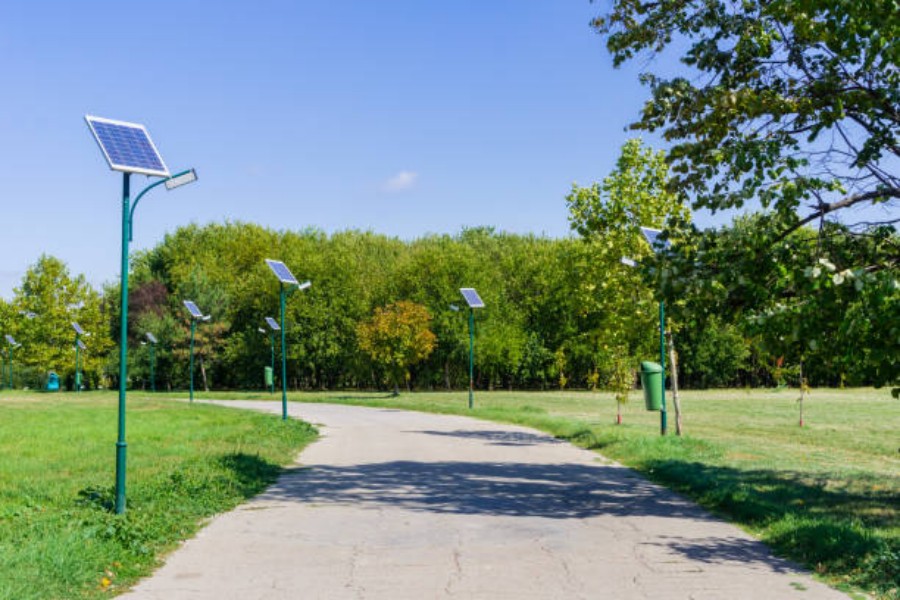The Importance of Proper solar battery bank wiring
Investing in a solar power system means you'll need to have a reliable and efficient battery bank in place. Wiring your solar battery bank correctly is crucial to ensuring you have a steady power supply and minimize risks of accidents. A poorly wired system can result in fire hazards, equipment damage, and even pose a threat to your safety.
Understanding the Basics of Solar Battery Bank Wiring
Compared to conventional wiring, solar battery bank wiring is more complex and requires specialized knowledge. It involves connecting multiple batteries together, usually in series and parallel, to achieve the desired voltage and capacity. The right wiring configuration will depend on your power requirements, battery type, and the solar charge controller you're using.
The Different Types of Battery Banks
Before you begin wiring your solar battery bank, it's important to consider which type of battery bank you're using. The two most common types of battery banks are flooded and sealed. Flooded batteries require regular maintenance and ventilation to prevent the buildup of hydrogen gas. Sealed batteries, on the other hand, are maintenance-free but have a shorter lifespan.
Battery Connection Options: Series vs. Parallel
When it comes to connecting your batteries, you have two options: series or parallel. Connecting batteries in series increases the voltage, while connecting them in parallel increases the capacity. The optimal choice will depend on your desired voltage and capacity needs, as well as the type of battery you're using.
The Importance of Proper Wire Sizing
The size of the wire used in your solar battery bank wiring is a crucial factor. Use wire that is too small, and it could overheat, causing damage to the wire and surrounding components. Conversely, using wire that is too large can be costly and inefficient. Proper wire sizing is essential to ensure your system runs safely and efficiently.
Selecting the Right Charge Controller
Your charge controller plays an important role in the performance of your solar battery bank system. The right controller will ensure your batteries are charged properly, while minimizing the risk of overcharging and damage to your batteries.
The Importance of Fusing
Fusing is a safety feature that protects your system against electrical surges and short circuits. Proper fusing also helps prolong the lifespan of your components. It's important to determine the correct fuse size based on the wire size and the maximum current your system will draw.
Proper Grounding Techniques
Effective grounding is essential to ensuring the safety of your solar battery bank system. Proper grounding protects against electrocution and equipment damage in case of a fault. It's important to follow the National Electric Code (NEC) guidelines and employ proper grounding techniques.
Tools You Need for Solar Battery Bank Wiring
Before you begin wiring your system, you'll need to ensure you have the proper tools. Some essential tools for solar battery bank wiring include a wire stripper, crimp tool, heat gun, multimeter, and cable ties. Ensure all your tools are in good working order and safely stored away from children.
Getting Help from a Professional
While wiring your solar battery bank is possible as a DIY project, it can be challenging for those without experience or technical knowledge. If you're unsure about any aspect of your solar battery bank wiring, it's best to get help from a professional electrician or solar installer.

